Steven G. Louie and Marvin L. Cohen (Eds.)978-0-444-50976-5
The goal of this Volume “Conceptual Foundations of Materials: A standard model for ground- and excited-state properties” is to present the fundamentals of electronic structure theory that are central to the understanding and prediction of materials phenomena and properties. The emphasis is on foundations and concepts. The Sections are designed to offer a broad and comprehensive perspective of the field. They cover the basic aspects of modern electronic structure approaches and highlight their applications to the structural (ground state, vibrational, dynamic and thermodynamic, etc.) and electronic (spectroscopic, dielectric, magnetic, transport, etc.) properties of real materials including solids, clusters, liquids, and nanostructure materials. This framework also forms a basis for studies of emergent properties arising from low-energy electron correlations and interactions such as the quantum Hall effects, superconductivity, and other cooperative phenomena.Although some of the basics and models for solids were developed in the early part of the last century by figures such as Bloch, Pauli, Fermi, and Slater, the field of electronic structure theory went through a phenomenal growth during the past two decades, leading to new concepts, understandings, and predictive capabilities for determining the ground- and excited-state properties of real, complex materials from first principles. For example, theory can now be used to predict the existence and properties of materials not previously realized in nature or in the laboratory. Computer experiments can be performed to examine the behavior of individual atoms in a particular process, to analyze the importance of differentmechanisms, or just to see what happen if one varies the interactions and parameters in the simulation. Also, with ab initio calculations, one can determine from first principles important interaction parameters which are needed in model studies of complex processes or highly correlated systems. Each time a new material or a novel form of a material is discovered, electronic structure theory inevitably plays a fundamental role in unraveling its properties. |
Table of contents :
Content:
Preface
Page vii
Steven G. Louie, Marvin L. Cohen List of Contributors
Pages ix-x Chapter 1 Overview: A Standard Model of Solids Review Article
Pages 1-8
M.L. Cohen Chapter 2 Predicting Materials and Properties: Theory of the Ground and Excited State Review Article
Pages 9-53
S.G. Louie Chapter 3 Ab initio Molecular Dynamics: Dynamics and Thermodynamic Properties Review Article
Pages 55-95
R. Car Chapter 4 Structure and Electronic Properties of Complex Materials: Clusters, Liquids and Nanocrystals Review Article
Pages 97-137
J.R. Chelikowsky Chapter 5 Quantum Electrostatics of Insulators: Polarization, Wannier Functions, and Electric Fields Review Article
Pages 139-163
D. Vanderbilt, R. Resta Chapter 6 Electron Transport Review Article
Pages 165-218
P.B. Allen Author Index
Pages 219-228 Subject Index
Pages 229-234 |
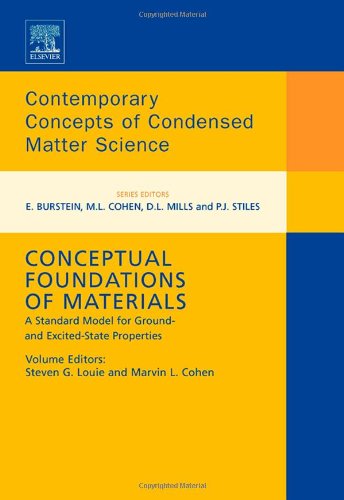

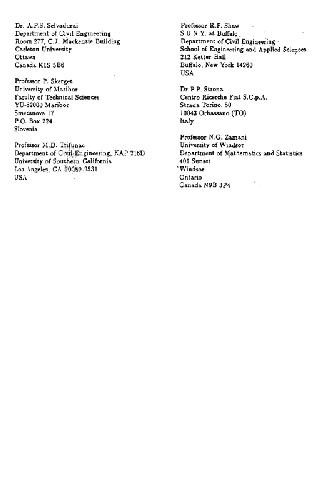
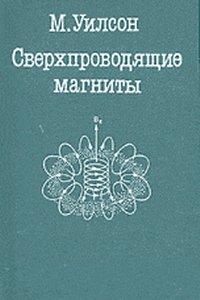
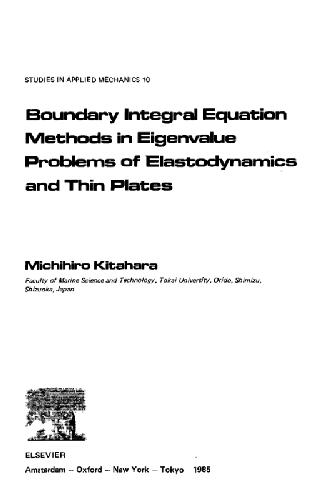

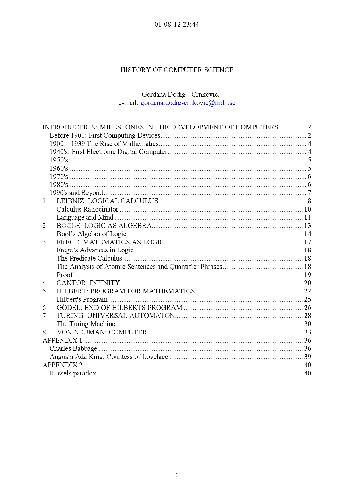
Reviews
There are no reviews yet.